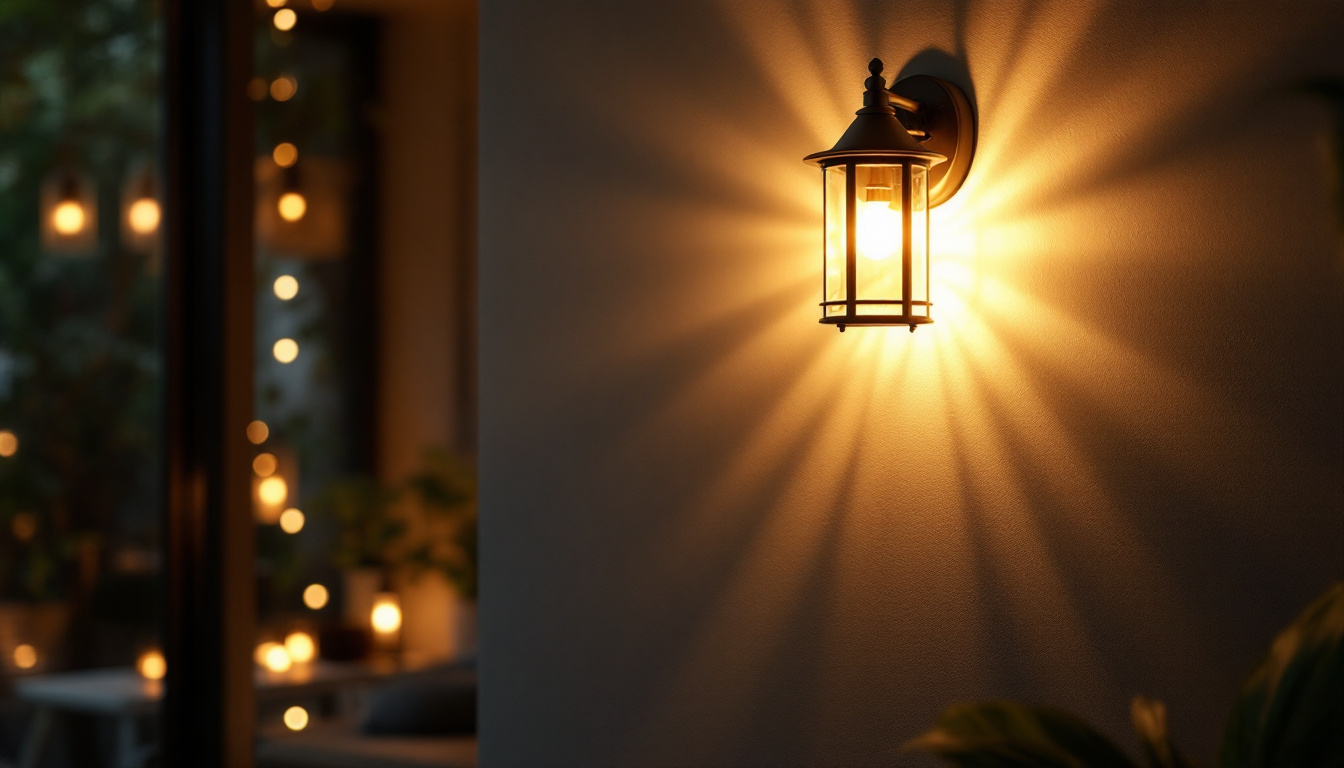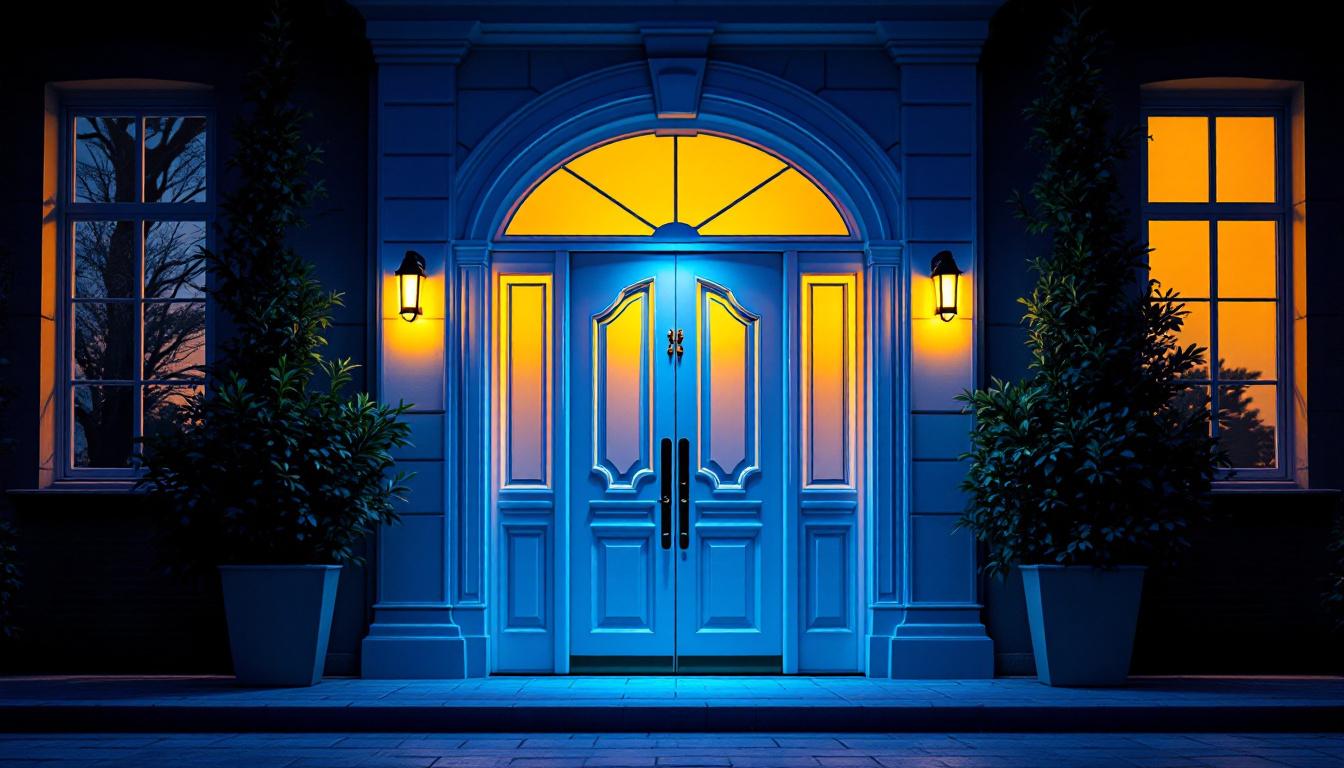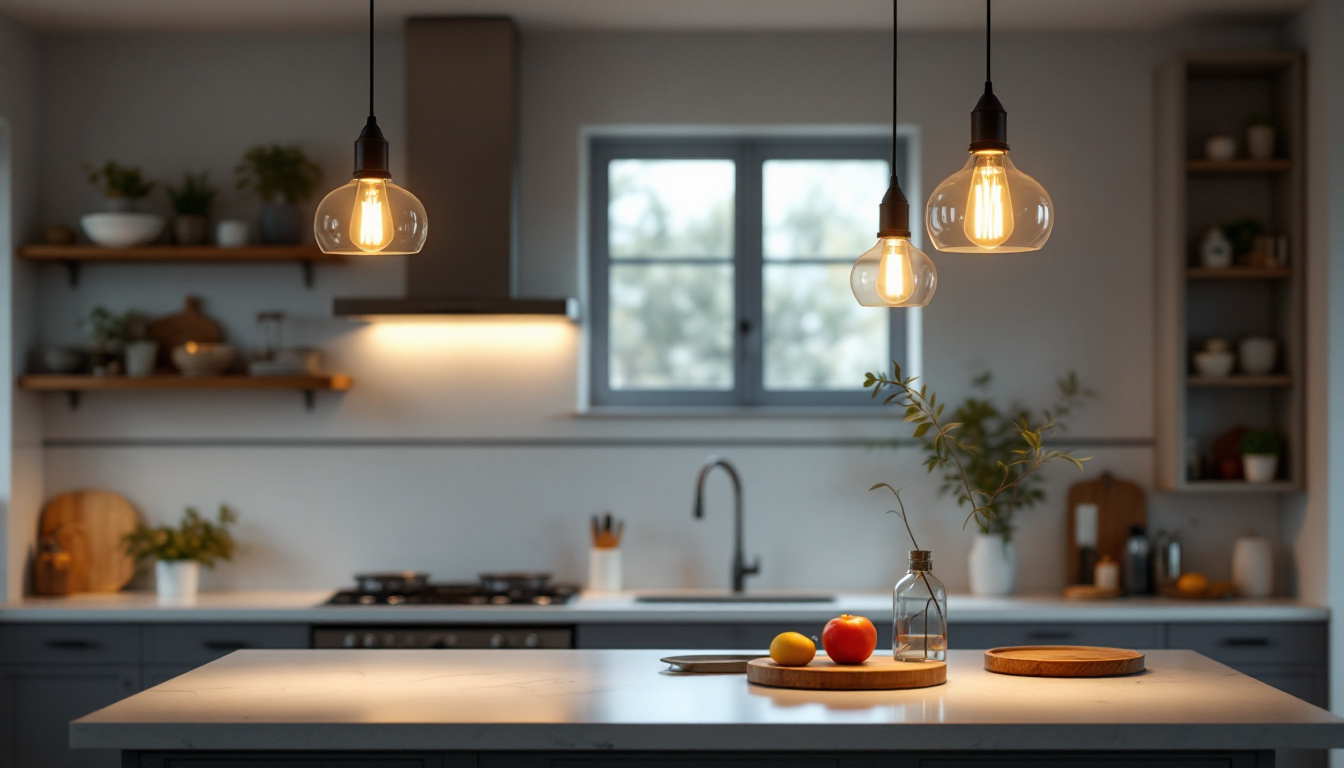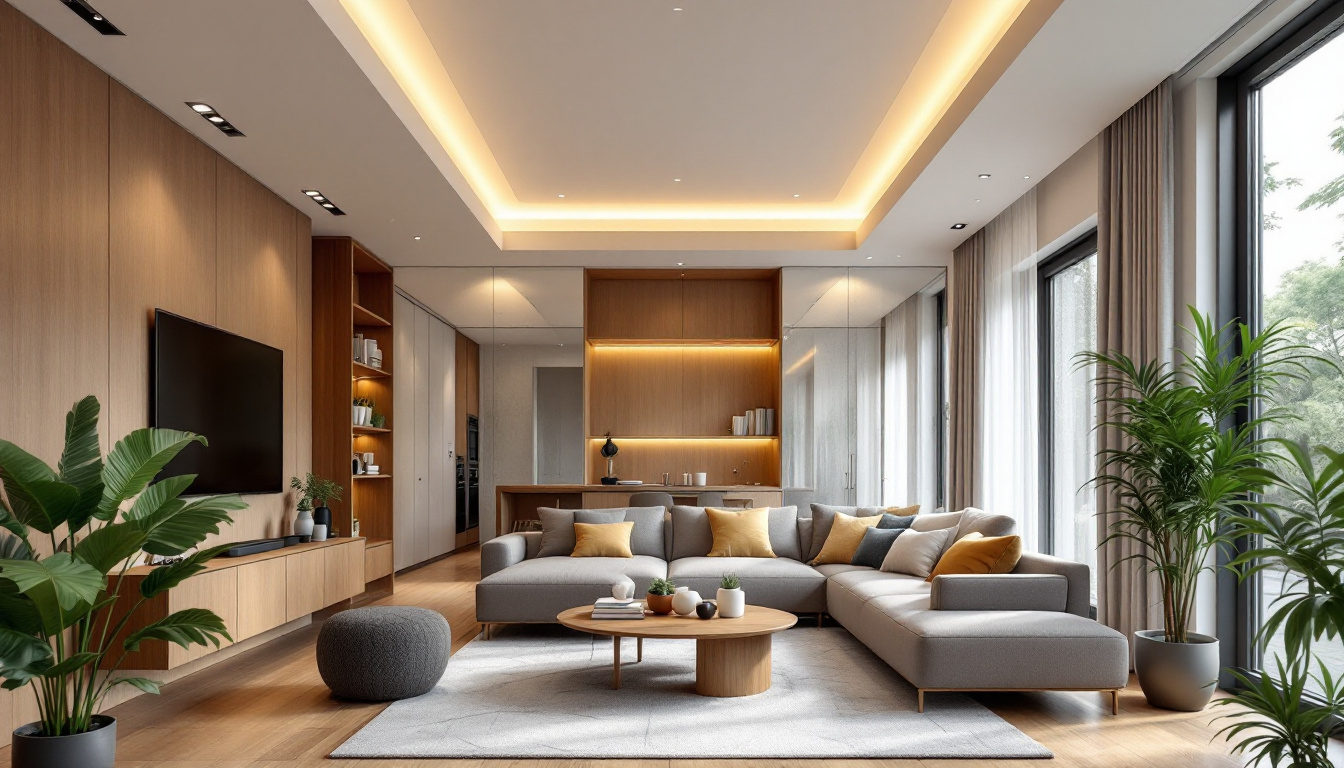
As the demand for innovative and aesthetically pleasing lighting solutions continues to rise, indoor wall lanterns have emerged as a popular choice among homeowners and designers alike. For lighting contractors, this trend presents both opportunities and challenges. Understanding how to navigate these challenges is crucial for delivering exceptional service and ensuring customer satisfaction. This article explores the various obstacles faced by lighting contractors when working with indoor wall lanterns and offers practical solutions to overcome them.
Indoor wall lanterns are versatile lighting fixtures that can enhance the ambiance of any room. They come in various styles, sizes, and finishes, making them suitable for different interior design themes. From traditional to modern designs, these fixtures not only provide illumination but also serve as decorative elements that can elevate the overall aesthetic of a space. The warm glow emitted by these lanterns can create a cozy atmosphere, perfect for intimate gatherings or quiet evenings at home.
For lighting contractors, understanding the nuances of these fixtures is essential. Knowledge of the different types of wall lanterns, their installation requirements, and their electrical specifications can significantly impact the quality of the work delivered. Moreover, staying updated on the latest trends and technologies in indoor lighting can help contractors provide informed recommendations to their clients. With the rise of energy-efficient LED options, contractors can also advise clients on how to reduce energy consumption without compromising on style or brightness.
There are several types of indoor wall lanterns available on the market, each with its unique characteristics. Sconces, for example, are wall-mounted fixtures that can provide both ambient and task lighting. They are often used in hallways, living rooms, and bedrooms to create a warm and inviting atmosphere. Sconces can be found in a variety of designs, from minimalist styles that blend seamlessly into the background to ornate fixtures that become a focal point in the room.
Another popular option is the lantern-style fixture, which often features a more decorative design. These fixtures can add a touch of elegance to a space and are commonly used in dining areas or entryways. Lanterns can be crafted from various materials, including metal, glass, and wood, allowing for a wide range of aesthetics. Understanding the different types of wall lanterns allows contractors to recommend the best options based on their clients’ needs and preferences. Furthermore, the choice of light bulb can also influence the mood created by these fixtures, with options ranging from soft white to vibrant colors, catering to diverse tastes.
When it comes to installing indoor wall lanterns, several factors must be considered. The location of the fixture is crucial; it should be positioned at a height that maximizes its effectiveness while complementing the room’s design. Additionally, contractors must ensure that the electrical wiring is properly installed to avoid potential hazards. Proper placement can enhance the functionality of the space, ensuring that the light serves its intended purpose, whether it’s for reading, entertaining, or simply adding a decorative touch.
Another important consideration is the type of wall material. Different materials, such as drywall, brick, or plaster, may require specific tools and techniques for installation. Being aware of these factors can help contractors avoid common pitfalls and ensure a smooth installation process. Additionally, it is beneficial to consider the fixture’s weight and size, as heavier fixtures may need additional support to ensure stability. Proper installation not only enhances safety but also prolongs the lifespan of the fixture, making it a worthwhile investment for homeowners.
While the installation of indoor wall lanterns can be straightforward, several challenges may arise during the process. Understanding these challenges and having strategies in place to address them is essential for lighting contractors.
One of the most common challenges encountered by lighting contractors is dealing with electrical issues. This can include outdated wiring, insufficient power supply, or the need for additional circuits. Identifying these issues early in the project can save time and prevent complications later on.
To overcome electrical challenges, contractors should conduct a thorough assessment of the existing electrical system before beginning the installation. This may involve checking the circuit load, ensuring that the wiring is up to code, and determining whether additional circuits are necessary. By addressing these issues upfront, contractors can ensure a safer and more efficient installation process. Furthermore, staying updated on local electrical codes and regulations can help contractors avoid potential legal issues and ensure compliance, which is crucial for maintaining a good reputation in the industry.
Another challenge that lighting contractors often face is ensuring that the chosen wall lanterns are compatible with the overall design of the space. With so many styles and finishes available, it can be difficult to select fixtures that complement the existing decor.
To overcome this challenge, contractors should work closely with their clients to understand their design preferences and vision. Providing samples or visual aids can help clients visualize how different fixtures will look in their space. Additionally, staying informed about current design trends can help contractors make recommendations that align with their clients’ tastes. Engaging in discussions about the intended ambiance and functionality of the space can also guide the selection process, ensuring that the chosen lighting not only fits the aesthetic but also enhances the usability of the area.
Managing client expectations is a critical aspect of any lighting project. Clients may have specific ideas about what they want, but these ideas may not always be feasible due to budget constraints or technical limitations. Lighting contractors must communicate effectively with clients to ensure that their expectations align with what is realistically achievable.
One effective strategy is to set clear project timelines and budgets from the outset. Regular communication throughout the project can also help keep clients informed about any changes or challenges that arise. By maintaining transparency, contractors can build trust and foster a positive working relationship with their clients. Additionally, providing clients with a detailed breakdown of costs and potential alternatives can empower them to make informed decisions, ensuring that they feel involved in the process and satisfied with the final outcome. This collaborative approach can lead to more successful projects and repeat business, as satisfied clients are more likely to recommend contractors to others.
To navigate the challenges associated with indoor wall lantern installations, lighting contractors can implement several strategies that promote efficiency and enhance client satisfaction.
Effective planning is crucial for a successful installation. Contractors should take the time to assess the project scope, gather necessary materials, and prepare for potential challenges. This may involve creating detailed project timelines, estimating costs, and organizing tools and equipment.
Additionally, conducting a site visit before the installation can help identify any unique challenges that may arise, such as difficult wall materials or existing electrical issues. By being well-prepared, contractors can minimize delays and ensure a smooth installation process. Moreover, engaging clients in the planning phase can provide valuable insights into their preferences and expectations, fostering a collaborative environment that enhances satisfaction. Understanding the client’s vision for the space can also guide the selection of appropriate lighting styles and placements, ensuring that the final result aligns with their aesthetic goals.
The lighting industry is constantly evolving, with new technologies and design trends emerging regularly. Lighting contractors should prioritize continuous education and training to stay updated on the latest advancements. This can involve attending workshops, participating in industry conferences, or pursuing certifications.
By investing in education, contractors can enhance their skills and knowledge, allowing them to provide better service to their clients. This not only helps in overcoming technical challenges but also positions contractors as knowledgeable professionals in the eyes of their clients. Furthermore, staying informed about energy-efficient lighting solutions and smart home technologies can open up new opportunities for contractors to offer innovative solutions that appeal to environmentally conscious consumers. By embracing these advancements, contractors can not only improve their service offerings but also contribute to a more sustainable future in the lighting industry.
Establishing strong relationships with suppliers can significantly benefit lighting contractors. Reliable suppliers can provide valuable insights into product availability, pricing, and the latest trends in indoor wall lanterns. Additionally, having a trusted source for materials can streamline the procurement process and reduce delays.
Contractors should take the time to build rapport with suppliers and communicate their specific needs. This collaboration can lead to better pricing, access to exclusive products, and timely deliveries, ultimately enhancing the overall project experience. Furthermore, suppliers often have a wealth of knowledge about the products they offer, including installation tips and maintenance advice that can be invaluable to contractors. By leveraging these insights, contractors can not only improve their installation processes but also educate their clients on the best practices for maintaining their new lighting fixtures, ensuring longevity and satisfaction with the installation.
Indoor wall lanterns offer a unique opportunity for lighting contractors to enhance the aesthetic appeal and functionality of residential spaces. However, the challenges associated with their installation can be significant. By understanding the types of fixtures available, anticipating potential electrical issues, and managing client expectations, contractors can navigate these challenges effectively.
Implementing strategies such as thorough planning, continuous education, and building strong relationships with suppliers can further enhance a contractor’s ability to deliver exceptional service. As the demand for innovative lighting solutions continues to grow, lighting contractors who are proactive in overcoming challenges will be well-positioned for success in the industry.
Ready to tackle your next indoor wall lantern project with confidence? At LumenWholesale, we provide lighting contractors like you with the highest quality, spec-grade lighting products at prices that can’t be beaten. Say goodbye to local distributor markups and hello to our extensive selection that meets rigorous industry standards. With free shipping on bulk orders, you can stock up on superior lighting solutions and keep your projects shining bright. Don’t let challenges dim your success. Wholesale Lighting at the Best Value is just a click away. Partner with LumenWholesale today and illuminate your business potential!

Discover the essential role of industrial hanging lights in modern lighting projects.

Discover how over door lighting can boost your lighting contracts by enhancing aesthetics and safety.

Discover essential compliance guidelines and expert tips for lighting contractors focusing on kitchen islands.

Discover how 6-inch LED recessed lighting can transform your business strategy and help you secure more lighting contracts.